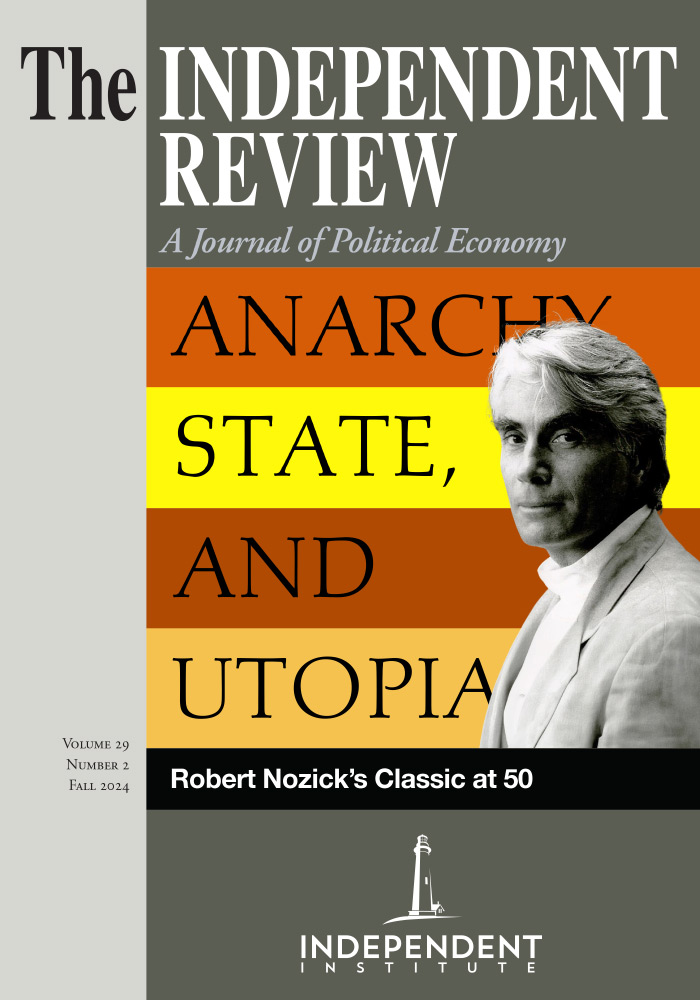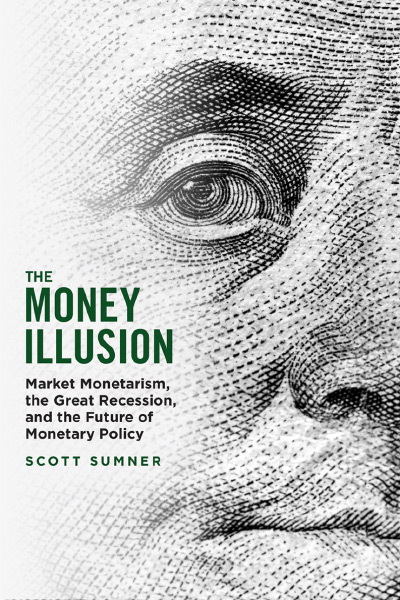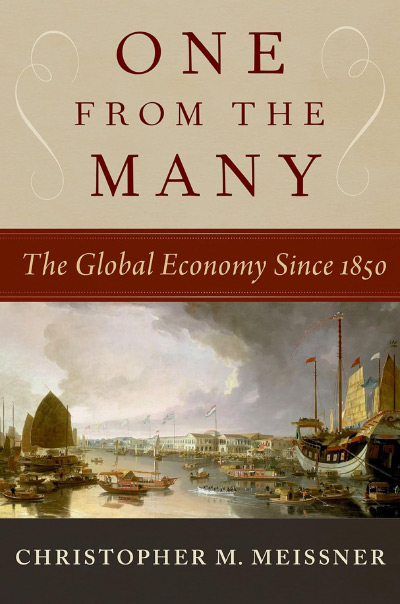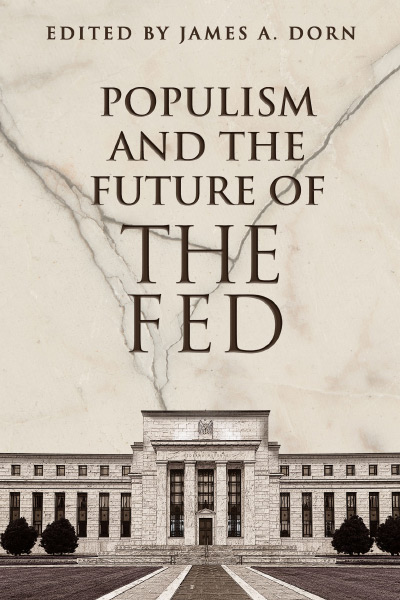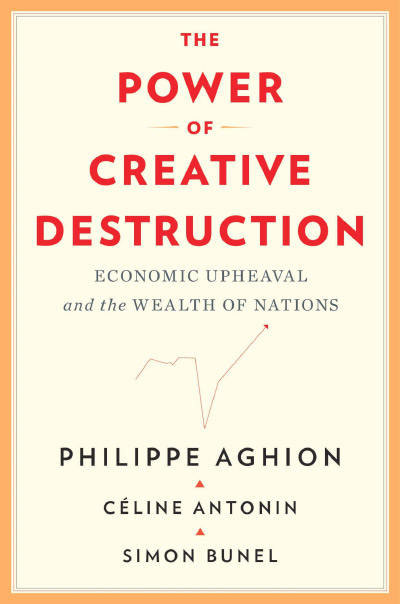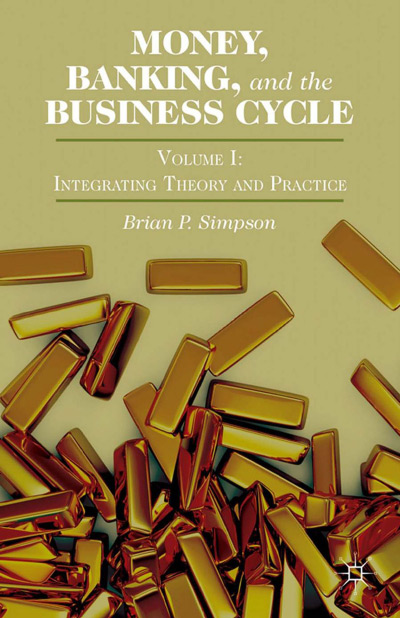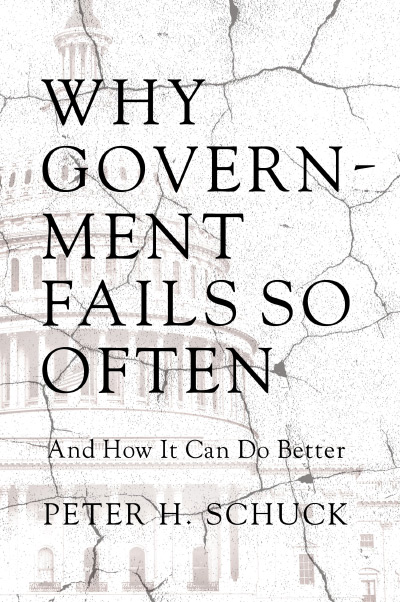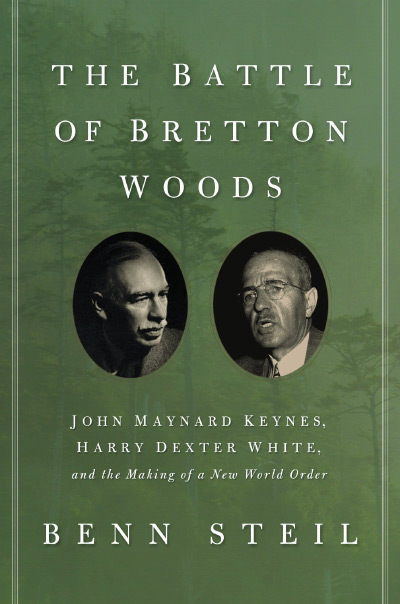Scott Sumner gained considerable notoriety in the economics profession when he began publishing a blog called “The Money Illusion” in 2009. At the time, everyone was worried about the ongoing financial crisis and the downturn now ominously called the Great Recession. Those writing about monetary policy tended to be prominent economists who were concerned about the expansion of the Federal Reserve’s balance sheet and the potential for inflation. Going against the tide, Sumner argued not only that the cause of the financial crisis and recession was due to tight monetary policy, but also that monetary policy remained tight even as the Federal Reserve intervened in financial markets and bought large quantities of assets.
I remember well the days when this was considered heresy. As a young graduate student, I organized the panel “Nominal Income Targeting, the Productivity Norm, and Monetary Stability” at the 2009 Southern Economic Association’s annual meeting. It included Sumner, George Selgin, David Beckworth, and me. The audience was skeptical. It is a testament to Sumner’s argument that his view is now no longer universally considered to be contrarian. For those who still need convincing, Sumner’s new book, The Money Illusion, will do the trick.
The Money Illusion is apparently meant to be the definitive guide to Sumner’s perspective on monetary economics and the broader brand of “market monetarism” that emerged to describe the thinking of Sumner and others who share a similar perspective. Both the preface and the introduction are written that way, focusing on why he saw the Great Recession so differently from most of his contemporaries. However, the book is much more than that. It is split into six parts, only one of which is dedicated to the Great Recession; only one other is about market monetarism. The remainder of the book is best described as a thorough lesson in monetary theory and macroeconomics, with critiques of the profession’s approach to macroeconomics mixed in along the way.
Although the book is organized into six parts, I think that it could really be organized into two. As it is, parts 1 through 3 are essentially a comprehensive course in monetary economics. Parts 4 through 6 outline how to apply the lessons from this extensive course to monetary policy generally and to the Great Recession specifically.
The twelve chapters that make up parts 1 through 3 are excellent for both economists and students. One could teach an entire undergraduate course on these twelve chapters, and students would leave with a much better understanding of monetary economics than they would with most alternatives. The early chapters focus on the value of money under both a commodity standard and a fiat standard. Sumner then extends this analysis to a discussion of the quantity theory of money and uses the Great Inflation as a useful test. He also focuses on simple evidence to illustrate the validity of the empirical implications of the quantity theory. He then introduces an aggregate supply–aggregate demand model and uses it to discuss the Great Depression. These chapters are a tour de force, blending economic theory with evidence and history as well as a perspective on the history of thought on these topics.
The chapter on rational expectations is particularly interesting. It is part explanation of rational expectations and part history of these ideas. However, the most interesting part of the chapter (and for monetary scholars, perhaps the whole book) is his discussion of what has been termed “new classical” economics and what could have been. The final subsection of this chapter considers a world in which the rational expectations hypothesis and the efficient markets hypothesis have been used as the basis of a new brand of macroeconomics. Although quite short, this subsection simultaneously raises the possibility of a new path forward for active scholars and seems to explain what makes Sumner’s thinking unique among macroeconomists, thereby helping to connect the dots between the early chapters and the later ones.
The last three of these first twelve chapters are dedicated to avoiding common pitfalls in interpreting prices and other aggregate data. Again, important lessons for both students and scholars alike.
The final three parts of the book apply the lessons from the chapters just described to explain the Great Recession and also what makes market monetarism unique. For those familiar with Sumner’s blog, many of these arguments will be familiar. However, they are assembled here in their most comprehensive form, and readers will find a straightforward presentation of the operating assumptions and frameworks that inform his understanding of the Great Recession. In this respect, these chapters fulfill the promise set out in the preface and introduction.
Overall, it is easy to recommend The Money Illusion. Readers with little prior knowledge of monetary economics and professional scholars alike will benefit from reading this book. It might sell itself as a way to understand the Great Recession, but it is much more than that. It provides an accessible overview of monetary economics. The fact that this helps us understand the Great Recession is a bonus.
| Other Independent Review articles by Joshua R. Hendrickson | |
| Winter 2019/20 | The Skyscraper Curse: And How Austrian Economists Predicted Every Major Economic Crisis of the Last Century |

